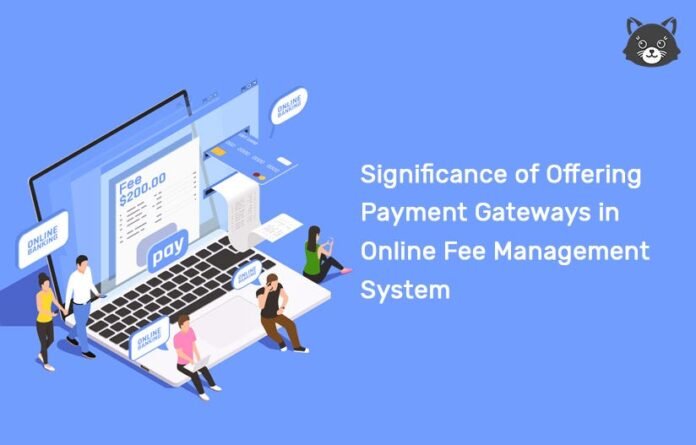The integration of digital payment gateways in student fee management system marks a significant advancement in the way educational institutions handle financial transactions. This article explores the transformative impact of these technologies, focusing on how they streamline and secure the process of fee management.
Table of Contents
Introduction to Digital Payment Gateways in Fee Management
Digital payment gateways are electronic payment services that facilitate the transfer of funds. Their integration into student fee management systems has revolutionized the traditional methods of handling educational fees.
The Role of Digital Payment Gateways
These gateways play a crucial role in enabling secure, efficient, and hassle-free transactions. They offer a convenient platform for both the payers (students and parents) and receivers (educational institutions) in managing fees.
Enhancing Fee Management Software with Digital Payments
The inclusion of digital payment options in fee management software has expanded its functionality. This integration provides a seamless and integrated approach to managing all aspects of student fees.
Benefits of Digital Payment Integration
Key benefits include:
- Increased Efficiency: Simplifies the fee payment process, saving time and reducing administrative workload.
- Enhanced Security: Offers secure transaction processing, protecting against fraud and unauthorized access.
- Convenience: Provides flexibility for students and parents to pay fees anytime, anywhere.
- Real-time Tracking and Reporting: Enables instant tracking of payments and automated receipt generation.
Streamlining Transactions in Student Fee Management Systems
The use of digital payment gateways in student fee management systems streamlines the entire transaction process. It automates billing, payment collection, and reconciliation, making the process smoother and more efficient.
Reducing Administrative Burden
Digital payments significantly reduce the manual effort required in fee collection and record-keeping, thus minimizing the administrative burden on staff.
Promoting Transparency and Accountability
The integration of digital payment gateways ensures transparency in transactions, providing clear and detailed records of all payments, aiding in accountability and financial management.
Challenges in Adopting Digital Payment Systems
While beneficial, the adoption of digital payment systems can pose challenges such as ensuring compatibility with existing fee management software and addressing data security concerns.
Steps for Implementing Digital Payment Solutions
Successful integration involves:
- Assessing Needs: Understanding the specific payment needs and challenges of the institution.
- Choosing the Right Payment Gateway: Selecting a reliable and secure digital payment gateway.
- Integrating with Fee Management Software: Seamlessly incorporating the payment gateway into the existing fee management system.
- Training and Support: Providing training for staff and information to students and parents.
The Future of Digital Payments in Education
The future holds further advancements in digital payment technologies, including more robust security measures and the integration of emerging technologies like blockchain.
Conclusion
The impact of digital payment gateways in student fee management is profound and far-reaching. They not only simplify and secure financial transactions but also enhance the overall efficiency of fee management systems. As educational institutions continue to embrace digital transformation, the role of digital payment gateways in fee management will become increasingly pivotal, offering a more streamlined, transparent, and user-friendly approach to handling educational finances.








